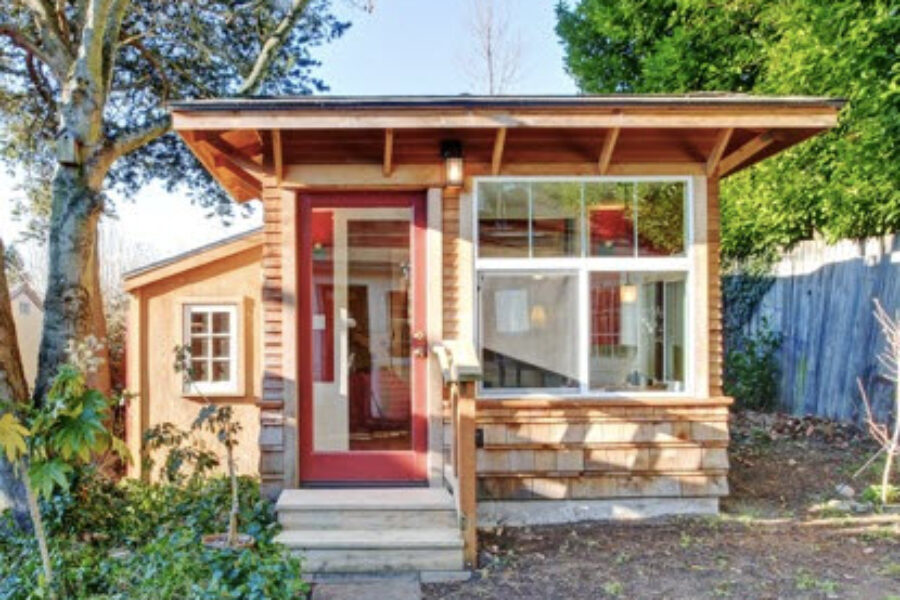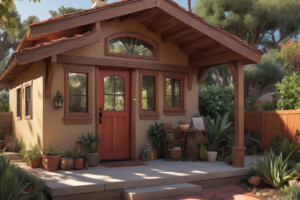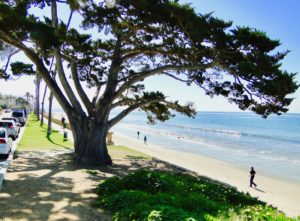Last September Governor Jerry Brown signed Senate Bill 1069 and Assembly Bill 2406 that promote secondary dwelling units aka accessory dwelling units (ADU) which as of January 1, 2017, has gone into effect. Accessory Dwelling Units are defined as housing structures that provide complete independent living facilities and include permanent provisions for living, sleeping, eating, cooking, and sanitation on the same parcel as another dwelling. The idea is this will hopefully help defeat the affordable housing crisis in California by creating more affordable housing. So, what’s the difference between an Accessory Dwelling Unit and a Second Unit?
Accessory Dwelling:
- Not recognized by city or county as a second unit (sometimes it is though)
- The market does NOT consider it a second unit
- Probably does not contribute as much to the value
- Inferior to the main unit in size and location (maybe quality too)
- Has a kitchen, bathroom, and sleeping area
- May or may not be separately metered
- May or may not have a separate address
- May or may not be attached to the main house
Second Unit:
- Recognized by city or county as a second unit
- The market recognizes it as a second unit
- Likely contributes more substantially to the value
- Zoning allows two units
- It is probably separately metered
- Most likely has a separate address
- May or may not be inferior in size and location to the other unit
- May or may not be attached to the main unit
On a local level, Accessory Dwelling Units supersede local jurisdiction (until or unless a City adopts a new ordinance) for Secondary Dwelling Units. It’s important to note that projects within the Coastal Zone still fall under the permitting requirements of the Coastal Act.




